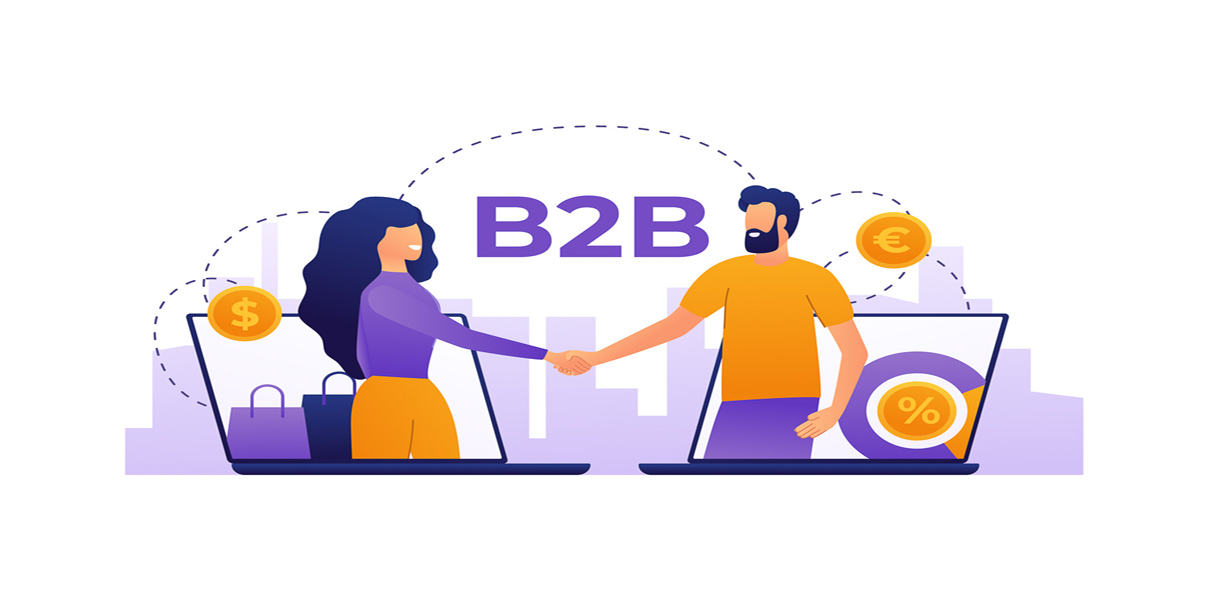Social proof and testimonials are powerful ways to strengthen your B2B value proposition and convince potential customers to trust you and buy from you. But how do you use them effectively in your marketing messages and materials? In this article, we share some tips and best practices to help you integrate social proof and testimonials into your B2B value proposition and increase conversions and sales.
What is a B2B value proposition?
A B2B value proposition is a clear, compelling statement that explains how your product or service solves a problem for your target users, what benefits they can expect to see, and why they should choose you over your competitors. This is not just a slogan or tagline, but a strategic message that communicates your unique value and differentiation in the market.
Why do we need social proof and testimonials?
Social proof and testimonials are evidence that show potential customers that others like you have used your product or service, loved it, and experienced positive results or outcomes. They help build credibility, trust, and authority, reducing risk and uncertainty in buying from you. They also address the social and emotional aspects of decision-making, as people tend to follow the opinions and actions of others who share their needs and goals.
How do you collect social proof and testimonials?
The first step to using social proof and testimonials for your B2B value proposition is to collect them from your existing, satisfied customers. You can do this by asking for feedback, ratings, reviews, case studies, success stories, recommendations, and endorsements. You can request and collect social proof and testimonials using a variety of channels and methods, including: email, surveys, interviews, webinars, social media, and online platforms. The key is to make it easy, timely, and rewarding for your customers to share their positive experiences and opinions.
How do you choose social proof and testimonials?
The next step is to select the most relevant and compelling social proof and testimonials that support your B2B value proposition. You should choose ones that focus on the specific benefits, features, and outcomes that matter to your prospects and address their pain points, challenges, and goals. You should also choose ones that come from trusted, authoritative sources, like industry experts, influencers, and well-known brands. And you should choose ones that are specific, quantifiable, and verifiable, not vague, general, or hyperbolic.
How do you present your social proof and testimonials?
The final step is to present your social proof and testimonials in a way that reinforces your B2B value proposition and convinces potential customers to take action. You can display your social proof and testimonials using a variety of formats and media, including text, images, video, audio, logos, badges, and icons. You can also use different types and levels of social proof and testimonials, including numbers, ratings, reviews, quotes, stories, and case studies. The key is to place them strategically and prominently on your website, landing pages, emails, ads, and other marketing materials, and align them with your value proposition, headlines, copy, and calls to action.








